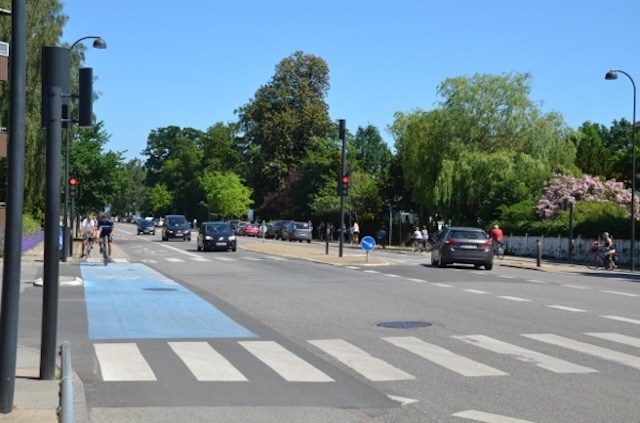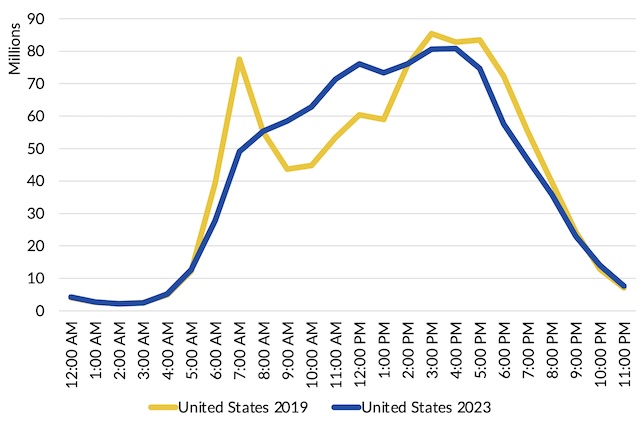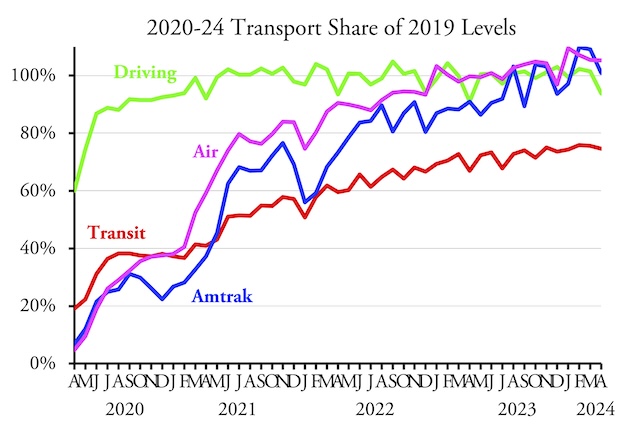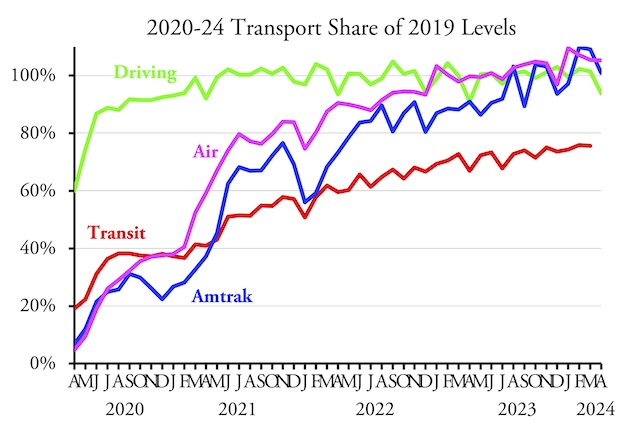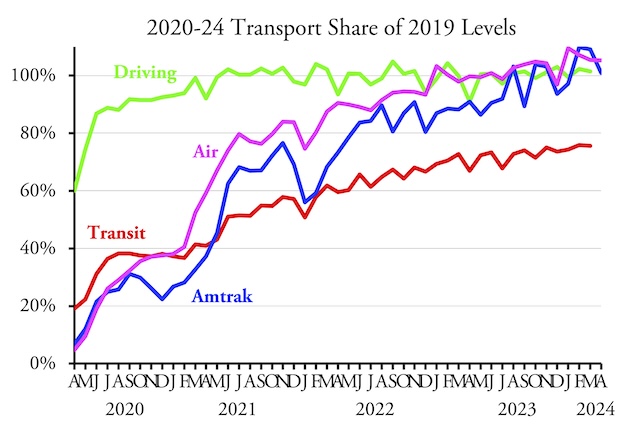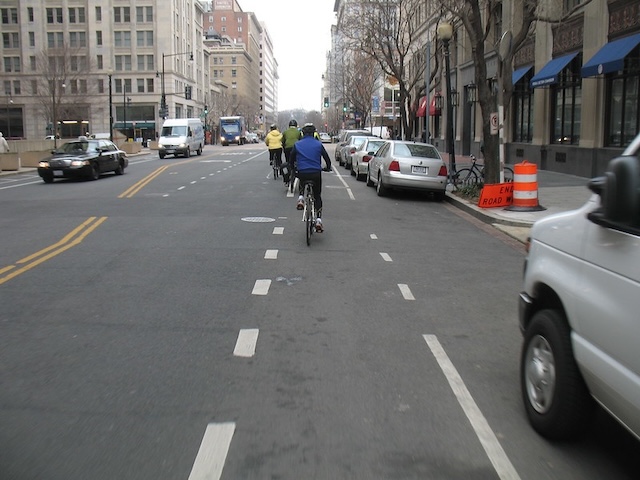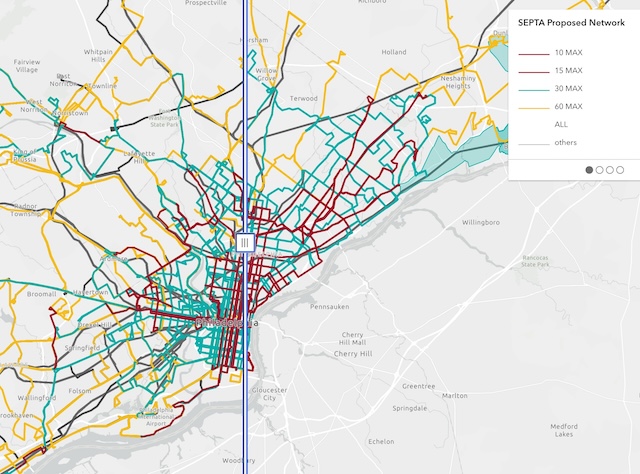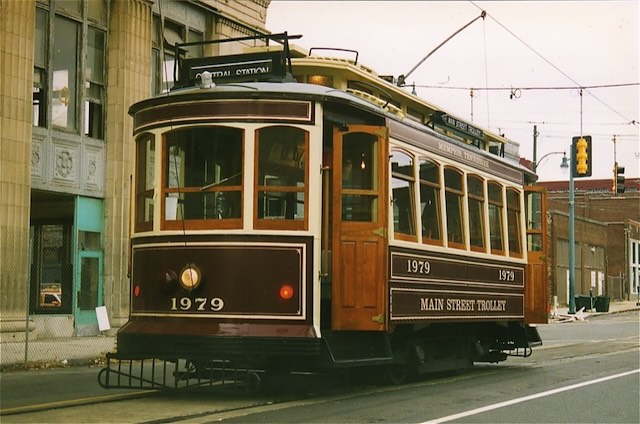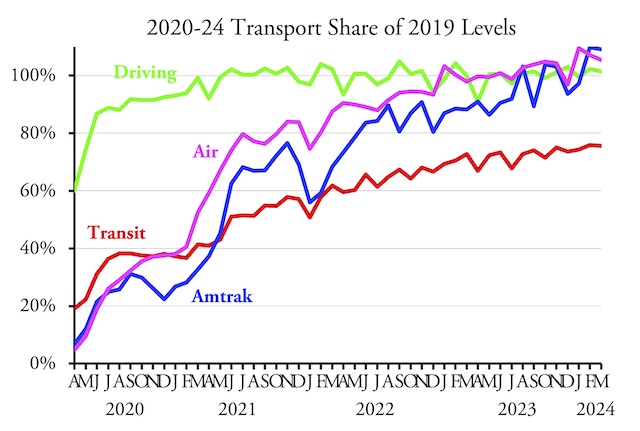One of my many beefs with government planning advocates is that they tend to judge success by measuring inputs rather than outputs. A case in point is a group that calls itself People for Bikes that issued a report last week that claims that Bicycling Is Improving in Cities Across the U.S.
New bike lanes, but are they really safe?
Does it measure that improvement by the number of people cycling in those cities? Or by a reduction in bicycle fatalities and injuries from traffic accidents? No, it instead measure the miles of bike lanes, the reallocations of street space to dedicated bicycle use, reductions in automobile speed limits, and changes to intersections favoring bicyclists. The fact that these “improvements” have been accompanied by increased bicycle fatalities and reductions in bicycle commuting aren’t considered. Continue reading

